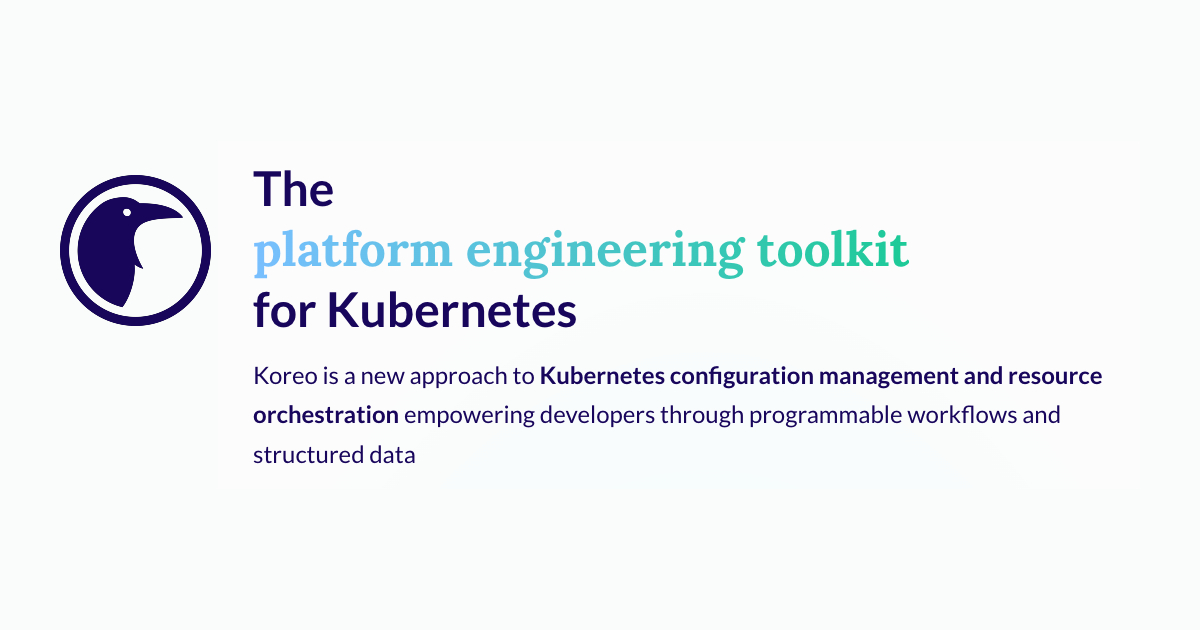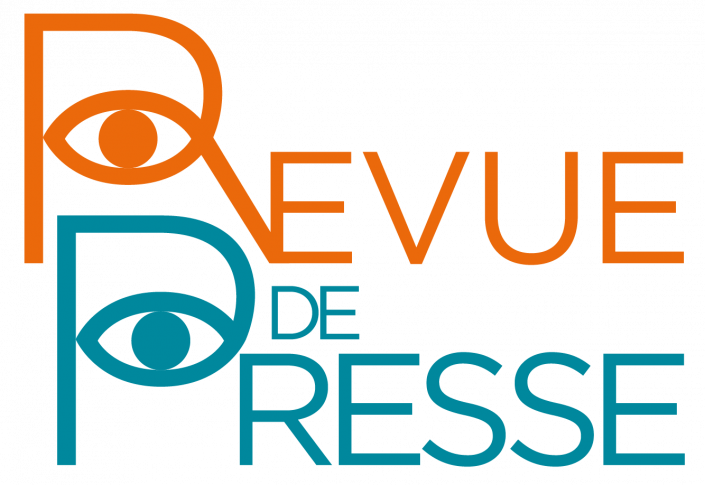Show HN: Koreo – The platform engineering toolkit for Kubernetes
A large part of our (Real Kinetic's) business is helping organizations implement platform engineering, but we've found the existing tooling to be lacking. For IaC, Terraform state becomes a pain because TF treats infrastructure as "one-shot" commands. The Kubernetes controller model provides a nicer approach to managing infrastructure, but the tooling here is also lacking. For configuration management, Helm just doesn't really scale with complexity, nor does Kustomize. For resource orchestration, Crossplane is a step in the right direction but still has challenges and limitations.As a result, we ended up building something that's sort of a "meta-controller programming language" on top of Kubernetes called Koreo. It provides a solution for configuration management and resource orchestration in Kubernetes by basically letting you program controllers. We've been using Koreo for a while now to build internal developer platform capabilities for our commercial product and our clients, and we recently open sourced it to share it with the community.Koreo has some similarities to configuration languages like KCL, Jsonnet, etc. since it is a means of configuration management (e.g. you can define base configurations, apply overlays, point patches, and so forth). Where it really diverges though is Koreo provides a unified approach to config management and resource orchestration. This means you can start to treat Kubernetes resources as "legos" to build pretty sophisticated workflows. For instance, the output of a resource can be used as the input to another resource. This isn't really possible with Helm, even with `lookup` because `lookup` requires the resource to already be in-cluster in order to reference it.This is why we refer to Koreo as a meta-controller programming language because it effectively lets you program and compose Kubernetes controllers into cohesive platforms—either built-in controllers (think Deployment or StatefulSet), off-the-shelf ones such as AWS ACK or GCP's Config Connector, or custom operators. It lets you build or combine controllers without actually needing to implement an operator. Through this lens, Koreo is really more akin to Crossplane but without some of the limitations such as Providers and cluster-scoped managed resources.It seems crazy and maybe it is, but I've found working in Koreo to actually be surprisingly fun since it kind of turns Kubernetes primitives into legos you can easily piece together, reuse, and build some pretty cool automated workflows. You can learn more about the motivation and thinking behind it here: https://theyamlengineer.com Comments URL: https://news.ycombinator.com/item?id=43644351 Points: 18 # Comments: 2

A large part of our (Real Kinetic's) business is helping organizations implement platform engineering, but we've found the existing tooling to be lacking. For IaC, Terraform state becomes a pain because TF treats infrastructure as "one-shot" commands. The Kubernetes controller model provides a nicer approach to managing infrastructure, but the tooling here is also lacking. For configuration management, Helm just doesn't really scale with complexity, nor does Kustomize. For resource orchestration, Crossplane is a step in the right direction but still has challenges and limitations.
As a result, we ended up building something that's sort of a "meta-controller programming language" on top of Kubernetes called Koreo. It provides a solution for configuration management and resource orchestration in Kubernetes by basically letting you program controllers. We've been using Koreo for a while now to build internal developer platform capabilities for our commercial product and our clients, and we recently open sourced it to share it with the community.
Koreo has some similarities to configuration languages like KCL, Jsonnet, etc. since it is a means of configuration management (e.g. you can define base configurations, apply overlays, point patches, and so forth). Where it really diverges though is Koreo provides a unified approach to config management and resource orchestration. This means you can start to treat Kubernetes resources as "legos" to build pretty sophisticated workflows. For instance, the output of a resource can be used as the input to another resource. This isn't really possible with Helm, even with `lookup` because `lookup` requires the resource to already be in-cluster in order to reference it.
This is why we refer to Koreo as a meta-controller programming language because it effectively lets you program and compose Kubernetes controllers into cohesive platforms—either built-in controllers (think Deployment or StatefulSet), off-the-shelf ones such as AWS ACK or GCP's Config Connector, or custom operators. It lets you build or combine controllers without actually needing to implement an operator. Through this lens, Koreo is really more akin to Crossplane but without some of the limitations such as Providers and cluster-scoped managed resources.
It seems crazy and maybe it is, but I've found working in Koreo to actually be surprisingly fun since it kind of turns Kubernetes primitives into legos you can easily piece together, reuse, and build some pretty cool automated workflows. You can learn more about the motivation and thinking behind it here: https://theyamlengineer.com
Comments URL: https://news.ycombinator.com/item?id=43644351
Points: 18
# Comments: 2



.jpeg?#)




![[CINÉMA] Doux Jésus, une comédie inoffensive mais au discours éculé](https://media.bvoltaire.fr/file/Bvoltaire/2025/04/doux-jesus-616x308.jpg?#)


































/2025/04/16/v2-photo-mougin-veronique-1-3-67ff87405785a263011726.jpg?#)
/2025/04/20/cinema-les-dents-de-la-mer-de-steven-spielberg-a-voir-depuis-une-piscine-une-chasse-aux-oeufs-geante-au-chateau-de-merville-en-haute-garonne-6804ef5932020062012918.jpg?#)



























